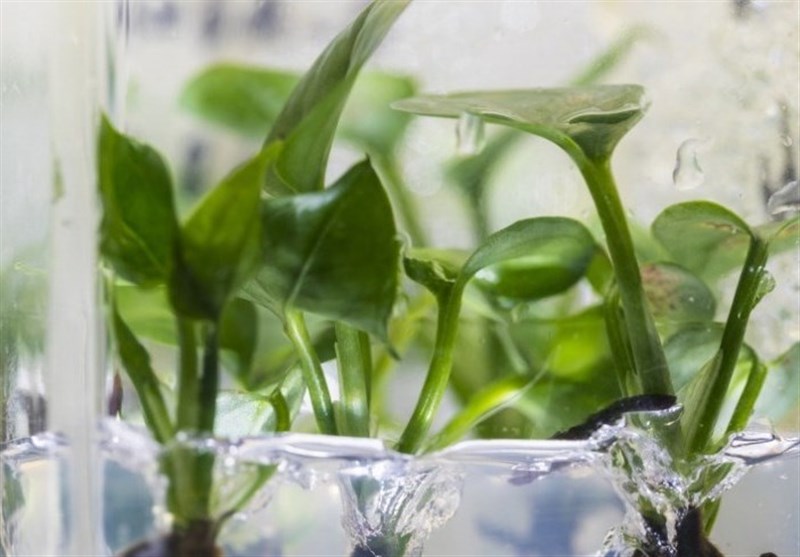Common Houseplant with Genetic Modification Can Remove Polluted Air
TEHRAN (Tasnim) - Scientists have genetically modified a common houseplant called pothos ivy or devil’s ivy that can remove chloroform and benzene from the air around it.
The plants have been modified so they express a mammalian protein, called 2E1, which enables them to transfer the harmful compounds into compounds that can support plant growth.
The insides of our homes can contain small molecules like chloroform or benzene a component of gasoline through simple actions like showering, boiling water, or storing cars on lawnmowers in attached garages, Interesting Engineering reported.
Tiny toxic molecules too small for HEPA
These compounds tend to be too small to be captured by even HEPA air filters but long-term exposure to them has been linked to cancer.
“People haven’t really been talking about these hazardous organic compounds in homes, and I think that’s because we couldn’t do anything about them” senior study investigator Stuart Strand, Ph.D. said. He is a research professor in the UW’s civil and environmental engineering department.
“Now we’ve engineered houseplants to remove these pollutants for us.”
The scientists got their inspiration from nature by focusing on a protein called cytochrome P450 2E1, or 2E1 for short. 2E1 is present in all mammals, including humans.
In our bodies, 2E1 turns benzene into a chemical called phenol and chloroform into carbon dioxide and chloride ions.
Unfortunately, the protein is located in our liver and not available to process air pollution.
“We decided we should have this reaction occur outside of the body in a plant, an example of the ‘green liver’ concept,” Dr. Strand explained.
“And 2E1 can be beneficial for the plant, too. Plants use carbon dioxide and chloride ions to make their food, and they use phenol to help make components of their cell walls.”
The researchers developed a synthetic version of the gene and through slow and complicated measures eventually introduce it to the pothos ivy so that every cell in the plant expressed the protein.
The researchers then tested their new GMO plants. They took a non-modified plant and a modified plant and put them in glass tubes that were then filled with either benzene or chloroform gas.
Plants massively lowered pollutant levels
The concentration of each pollutant in each tube was tracked over the next 11 days.
The levels did not change at all for the unmodified plants and however, for the modified plants, the concentration of chloroform dropped by 82% after three days.
By day six the chloroform was almost undetectable. The level of benzene also decreased in the modified plant vials, but at a slower rate, it took eight days for the levels to decrease by 75%.
The team believes the plants will work inside homes, but that the home would need good airflow or a fan directed at the plant for maximum effectiveness.
The researchers will now work on developed modifications for other common household formaldehyde, which is present in glues, woodsmoke, and furniture.






